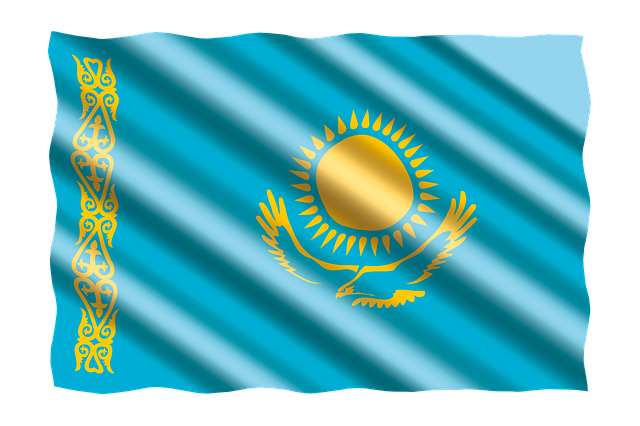By Tim Lambert
Early Kazakhstan
After 6,000 BC, Stone Age farmers lived in what is now Kazakhstan. By about 2,000 BC, they had learned to make bronze tools. They also made chariots, and they built burial mounds. About 900 BC, the people of what is now Kazakhstan had learned to use iron.
From about 900 BC to 200 BC, the Scythians lived in Central Asia. The Scythians were formidable warriors. They rode horses and could shoot arrows from horseback.
Scythian craftsmen were highly skilled. They made artifacts from iron and bronze. They also made ornaments from gold.
Scythians lived in wagons. They ate large quantities of meat. They also ate vegetables like onions, beans, and garlic. Milk, butter, and cheese were also important parts of their diet. They drank fermented mare’s milk. Scythians who lived near the Black Sea were also fond of drinking wine.
From the 4th century AD to the 13th century, a people called the Gokturks ruled most of Kazakhstan. However, in the early 13th century, the Mongols conquered the region. In the mid-13th century, the vast Mongol Empire broke up. Kazakhstan became part of a large state in Central Asia called the Golden Horde. Yet the Mongols were eventually assimilated into the local culture.
In the 15th century, the Golden Horde broke up into yet smaller states. A state called the Kazakh Khanate emerged. (Khanate meant a state ruled by a Khan). The Kazah Khanate fought many wars with its neighbours but it managed to keep its independence until the 19th century.
Modern Kazakhstan
In the 19th century, Kazakhstan became part of the Russian Empire. However, there were several unsuccessful rebellions against Russian rule. In 1916, during the First World War, there was a rebellion against conscription into the Russian army. It was brutally crushed.
In 1917, there was a Communist Revolution in Russia, followed by a civil war. In 1919-1922, Kazakhstan suffered a terrible famine. Meanwhile, in 1920, Kazakhstan was forced to become part of the Soviet Union. Communist rule was a disaster for Kazakhstan.
In 1931-1933, Stalin caused a terrible famine in Kazakhstan. He imposed a policy of collectivised agriculture. It proved disastrous, disrupting the traditional methods of herding animals. The result was that more than 1.5 million people died of starvation. Hundreds of thousands of people fled from Kazakhstan to escape the famine. This horrific famine is called Asharshylyk.
In the late 20th century, large numbers of ethnic Russians moved into Kazakhstan. The Communist regime also caused environmental damage. Nuclear tests were held in Kazakhstan. The Aral Sea dried up because the Communists diverted the rivers that fed it to irrigate cotton fields.
In 1991, the Soviet Union broke up, and Kazakhstan regained its independence. Eventually, prosperity returned to Kazakhstan.
Today, oil is Kazakhstan’s most important export. Kazakhstan also has large gas reserves. Agriculture is also an important part of the economy. In 2025, Kazakhstan’s population was 20 million.

Last Revised 2025